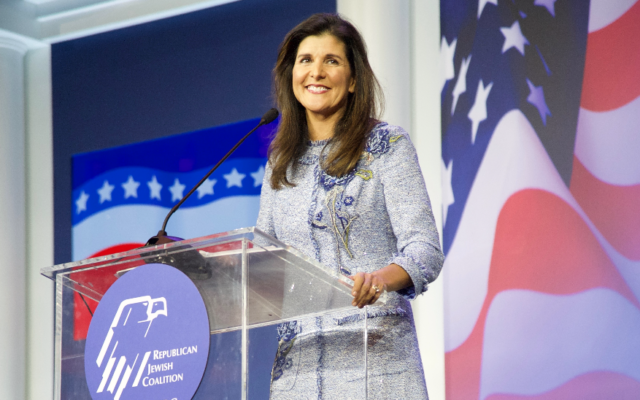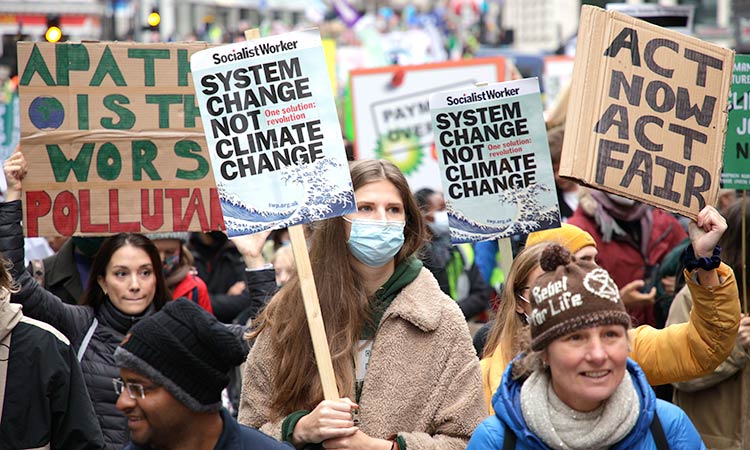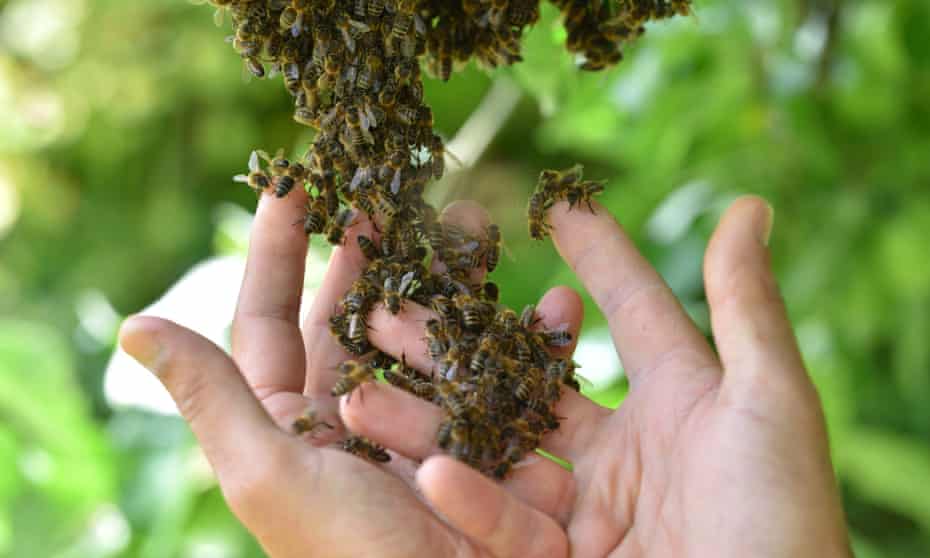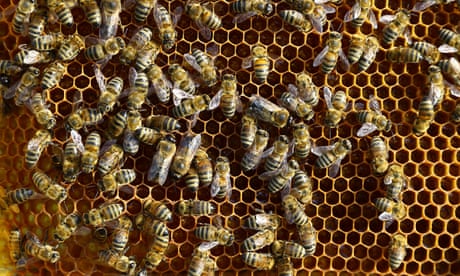Christy Somos
Saturday, November 6, 2021
TORONTO -- Canadians are six times more likely to report that climate change has a negative or somewhat negative impact on their day-to-day health rather than a positive impact, according to a new survey from Nanos Research.
The poll, conducted by Nanos Research and sponsored by CTV News, found that 41 per cent of Canadians surveyed would say climate change negatively or somewhat negatively impacts their health and 44 per cent of those surveyed said it has no impact on their health.
Of those surveyed, six per cent said climate change has a positive or somewhat positive impact on their day-to-day health, while nine per cent of those surveyed were unsure.
Nanos reported that residents in B.C. were most likely to report climate change has some sort of negative or somewhat negative impact on their health at 57 per cent.
The Prairies reported the highest percentage of survey respondents who said climate change has no impact on their day-to-day health at 48.9 per cent.
Women surveyed were more likely to report a negative or somewhat negative impact on their health at 45.5 per cent compared to men at 36 per cent. However, men were more likely to report that climate change had no impact on their day-to-day health at 50 per cent compared to women at 38.6 per cent.
Younger people between the ages of 18 to 34 were most likely to report climate change has a negative or somewhat negative impact on their health at 43.8 per cent compared to survey respondents aged 35 to 54 at 39 per cent and those 55 plus at 40.5 per cent.
By contrast, survey respondents aged 35 to 54 were more likely to report climate change having no impact on their day-to-day health at 46.8 per cent compared to 43.4 per cent of respondents aged 18 to 34 and 42.7 per cent of respondents aged 55 plus.
WILL RISING GAS AND FUEL PRICES AFFECT WINTER SPENDING?
The new poll also asked survey respondents if, in light of rising gas and fuel prices, they would be cutting back on spending on other necessities, or would their spending be about the same this winter.
Just under 30 per cent of respondents said they would have to cut back on spending on other necessities, with the Prairies reporting the highest percentage of survey respondents who said they would cut back at 42.3 per cent, followed by the Atlantic region at 35.2 per cent and B.C. at 28.2 per cent. Quebec was the lowest at 21.3 per cent
More than 60 per cent of respondents said their spending on necessities would be about the same this winter, the highest of which were found in Quebec at 72.5 per cent, followed by B.C. at 65.4 per cent.
Only 50.2 per cent of those surveyed in the Prairies said their spending on necessities would be about the same this winter.
Women were more likely to say they would cut back on spending this winter at 30.4 per cent compared to men at 28.2 per cent.
Men were more likely than women to say their spending would be around the same this winter at 65.4 per cent compared to 60.2 per cent for women.
Those 55 years and older were the least likely to report they would cut their spending this winter at 21.7 per cent compared to 38.4 per cent of respondents aged 18 to 34 and 30.7 per cent of those aged 35 to 54.
Approximately 70 per cent of respondents aged 55 and up said their spending would remain about the same this winter in light of rising gas and fuel prices, compared to 60. 6 per cent of respondents aged 35 to 54 and 54.8 per cent of those aged 18 to 34.
INTEREST IN OWNING AN ELECTRIC VEHICLE
The Nanos poll also asked survey respondents about their interest in owning an electric vehicle.
More than 60 per cent of those survey said they were interested or somewhat interested in owning an electric vehicle, while 4.5 per cent were unsure.
Just under 20 per cent of respondents said they were not interested in owning an electric vehicle and 10.9 per cent were somewhat not interested.
Respondents living in B.C. were most likely to say they were interested in owning an electric vehicle at 47.1 per cent, followed by Quebec at 33.2 per cent and Ontario at 31.5 per cent. In the Atlantic region, 26 per cent of those surveyed said they were interested in owning an electric vehicle but only 16.6 of respondents in the Prairies reported they were interested.
Men were more likely to report being interested in owning an electric vehicle at 32.5 per cent compared women at 29.2 per cent. Respondents aged 18 to 34 were the age group most likely to be interested at 45.1 per cent, following by those aged 35 to 54 at 29.4 per cent and those 55 and older at 22.2 per cent.
The Prairies had the highest level of respondents not interested in owning an electric vehicle at 33.5 per cent, followed by Ontario at 19.3 per cent.
Men were more likely to report being not interested in owning an electric vehicle at 20.8 per cent compared to women at 18.6 per cent. Those 55 and up were more likely to say they weren’t interested at 22.5 per cent compared to 20.5 per cent of 35 to 54 year-olds and 14.6 per cent respondents aged 18 to 34.
SUPPORT FOR CANADA’S FOREIGN AID TO HELP DEVELOPING COUNTRIES CURB EMISSIONS
The new Nanos poll also asked respondents if they support, somewhat support, somewhat oppose or oppose increasing Canadian foreign aid to help developing countries reduce their carbon emissions.
The majority of those surveyed said they support or somewhat support increasing Canada’s foreign aid at 60.7 per cent. By contrast, 12.7 per cent of those surveyed said they somewhat oppose and 20.4 per cent said they oppose increasing Canada’s foreign aid to developing countries to help reduce their carbon emissions, and 6.2 per cent of those surveyed said they were unsure.
Respondents in Ontario were most likely to support increasing Canada’s foreign aid at 31.5 per cent, followed by those in B.C. at 31.2 per cent and the Atlantic region at 31.3 per cent. Just 17.4 percent of respondents in the Prairies support increasing foreign aid.
Women were more likely to support increasing Canada’s foreign aid at 31.6 per cent compared to men at 24.5 per cent. Those 55 plus were the age group with the highest support for increasing foreign aid at 31.9 per cent compared to 25.5 per cent of respondents aged 35 to 54 and 26.1 per cent of the 18 to 34 age group.
The highest percentage of those who opposed increasing Canada’s foreign aid to help developing countries reduce their carbon emissions were in the Prairies at 32.4 per cent, followed by Ontario at 24.1 per cent opposed.
Men were more likely to be opposed to increasing foreign aid at 26.3 per cent compared to women at 14.6 per cent. Those aged 18 to 34 had the highest opposition to increasing foreign aid at 23.6 per cent compared to respondents aged 35 to 54 at 22.4 per cent and those 55 plus at 16.3 per cent.
METHODOLOGY
Nanos conducted an RDD dual frame (land- and cell lines) hybrid telephone and online random survey of 1,026 Canadians, 18 years of age or older, between Oct. 31 and Nov. 3, as part of an omnibus survey. Participants were randomly recruited by telephone using live agents and administered a survey online. The sample included both land- and cell-lines across Canada. The results were statistically checked and weighted by age and gender using the latest census information and the sample is geographically stratified to be representative of Canada. Individuals randomly called using random digit dialling with a maximum of five call backs.
The margin of error for this survey is ±3.1 percentage points, 19 times out of 20. Charts may not add up to 100 due to rounding.

Thick smoke from wildfires blankets the area as people use paddleboards on Okanagan Lake, in Lake Country, B.C., on Friday, Aug. 13, 2021. (THE CANADIAN PRESS / Darryl Dyck)



















 Two Black couples were lynched at Moore’s Ford Bridge, outside Monroe, Georgia, in 1946.
Two Black couples were lynched at Moore’s Ford Bridge, outside Monroe, Georgia, in 1946.














 Nuclear reactors that are operational and under construction worldwide, as of March 2021
Nuclear reactors that are operational and under construction worldwide, as of March 2021